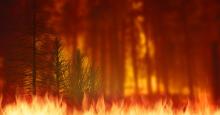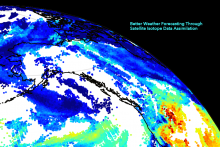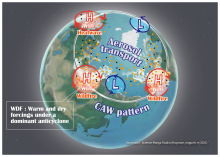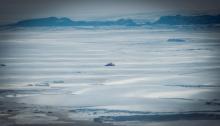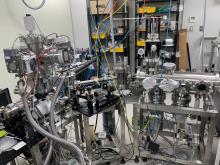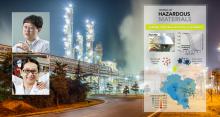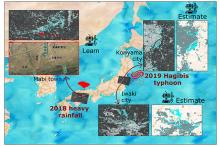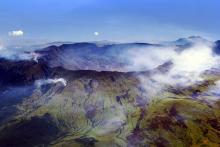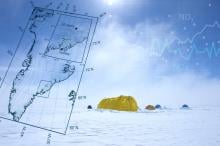Earth Sciences Atmospheric science
News
12 Mar 2022
A recent summertime climate pattern could be driving co-occurring European heatwaves and large-scale wildfires over Siberia, Canada and Alaska.
14 Sep 2021
Researchers from The University of Tokyo assimilated satellite observations of water vapor isotopes into a weather forecasting model and found that forecast accuracy was improved by several percentage points
02 Jun 2021
Scientists have uncovered a summertime climate pattern in and around the Arctic that could drive co-occurrences of European heatwaves and large-scale wildfires with air pollution over Siberia and subpolar North America.
14 May 2021
Images from the Akatsuki spacecraft unveil why Venus’s atmosphere rotates much faster than its surface.
10 May 2021
Ice is melting at a surprisingly fast rate underneath Shirase Glacier Tongue in East Antarctica due to the continuing influx of warm seawater into the Lützow-Holm Bay.
03 Feb 2021
Hokkaido University scientists show that under laboratory conditions, ultraviolet light reacts with nitrophenol to produce smog-generating nitrous acid.
03 Nov 2020
A recent study, affiliated with South Korea's Ulsan National Institute of Science and Technology (UNIST) has proposed a new approach for the highly spatially resolved human health risk assessment of both gaseous and particulate polycyclic aromatic hydrocarbons (PAHs).
16 Jul 2020
The past is often the window to our future, especially when it comes to natural disasters. Using data from the 2018 floods that struck southwestern Japan to calibrate a machine learning model, researchers from the International Research Institute of Disaster Science (IRIDeS) at Tohoku University and the Japan-Peru Center for Earthquake Engineering Research and Disaster Mitigation (CISMID, in Spanish), have successfully identified the flooding caused by Typhoon Hagibis.
29 Nov 2019
Cold waves triggered by sea ice loss in the Arctic are memorized in the Eurasian Continent, amplifying cooling in the winters to follow, according to a joint research team between Hokkaido University and Niigata University in Japan.
17 Sep 2019
A new study has estimated for the first time how the eruption of Mount Tambora changed the probability of the cold and wet European ‘year without a summer’ of 1816.

29 Jan 2019
An international team of researchers has unveiled that local greenhouse gas concentrations appear to be attributable to Arctic Amplification.
26 Nov 2018
Organic compounds undergo drastic variations in their chemical composition as they transfer from the ocean’s surface to atmospheric aerosols which act as nuclei to form clouds.
13 Jun 2018
The works of Japanese physicist Ukichiro Nakaya still remains a primary reference on crystal shapes.
19 Feb 2018
Nitrate deposits in the Arctic remains high even after the turn of the century, despite environmental policies adopted by neighboring countries in the late 20th century to cut nitrogen oxide (NOx) emissions.

24 Jul 2017
Are density distributions of the vast universe and the nature of smallest particles related? In a recent research, scientists from HKUST and Harvard University revealed the connection between those two aspects, and argued that our universe could be used as a particle physics "collider" to study the high energy particle physics.
Events
Sorry, nothing coming up for this discipline
Researchers
Dr. Irina's research focuses on sustainability, including an analysis of environmental management, the urban environment, climate change adaptation and mitigation, and education for sustainable development, or ESD, and its application in real-world contexts.
Takeshi Horinouchi is a professor at the Faculty of Environmental Earth Science, Hokkaido University, Japan.
Daisuke Hirano is an assistant professor at the Ocean and Sea Ice Dynamics Group, the Institute of Low Temperature Science of Hokkaido University, Japan.
Giants in history
Sorry, nothing coming up for this discipline


